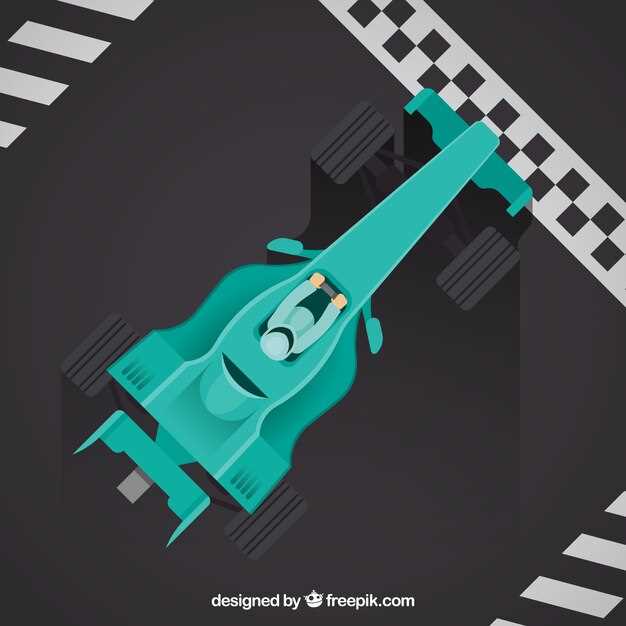
Test and Tune nights at the drag strip are essential for racers looking to optimize their vehicles’ performance. These events provide an informal setting where drivers can experiment with various settings, making adjustments to their engines, suspensions, and more. Unlike official races, the primary aim here is to fine-tune each car’s setup to achieve the best possible times, making it a vital part of any racer’s routine.
During a typical Test and Tune night, the atmosphere is electric, filled with the sounds of revving engines and the smell of burning rubber. Racers line up to make their runs, each seeking to maximize their drag strip experience. This is a time for testing, ensuring that every element of the car is performing as expected. Whether it’s altering tire pressure or adjusting gear ratios, every detail can significantly impact a car’s performance on the strip.
The night progresses through a series of runs, with drivers and their teams meticulously analyzing data after each pass. Timing equipment captures their speeds and reaction times, allowing for precise adjustments ahead of upcoming competitions. For newcomers and seasoned veterans alike, Test and Tune nights offer not just an opportunity to enhance their skills but also a chance to connect with fellow enthusiasts who share a passion for speed and innovation.
Preparation Steps Before Arriving at the Drag Strip

Before heading to the drag strip for a test and tune night, thorough preparation is essential to ensure a successful and efficient experience. Start by performing a comprehensive inspection of your vehicle. Check the engine fluids, tire pressure, and brake system to confirm everything is in optimal condition. Make sure your fuel tank is adequately filled, as running out of fuel during a test could lead to lost opportunities for runs.
Next, consider your safety equipment. Ensure that helmets, gloves, and any necessary protective gear are on hand and meet the required safety standards of the drag strip. It’s vital to have the appropriate clothing as well, which includes closed-toe shoes and fire-resistant attire, if needed. This equipment not only protects you but is often mandatory for participation.
Familiarize yourself with the rules and regulations of the drag strip you will be visiting. Each location may have specific guidelines regarding vehicle modifications, safety gear, and track etiquette. Adhering to these regulations can prevent any last-minute complications and ensure a smooth testing process.
Prepare a checklist of all necessary tools and spare parts you may need throughout the night. Having items such as wrenches, screwdrivers, and spare fuses on hand can save time in case of minor issues. Additionally, consider packing a cooler with water and snacks to keep yourself hydrated and energized during the event.
Lastly, plan your arrival time. Getting to the drag strip early allows for ample setup and adjustment time before the track officially opens for runs. This will give you the opportunity to make any additional modifications, check in with officials, and engage with fellow racers, enhancing your overall experience during test and tune night.
What to Expect During the Test and Tune Process

During a test and tune night at the strip, participants can expect a well-organized event focused on maximizing their vehicle’s performance. Cars are allowed on the track for short runs, providing drivers an opportunity to assess their setups and make real-time adjustments.
Upon arrival, drivers typically check in and may be required to undergo a safety inspection to ensure their vehicles meet necessary regulations. Once cleared, they can get ready for the first set of runs, where they will launch their vehicles down the strip, timing their performance in an environment that emphasizes speed and precision.
Throughout the night, participants will have the chance to gather valuable data, such as reaction times, quarter-mile speeds, and overall vehicle behavior. Drivers often utilize this information to fine-tune their engines, suspension, and other critical components, aiming to achieve optimal performance. It’s also common to see teams discussing strategies and sharing insights based on their experiences.
Test and tune nights provide an excellent atmosphere for drivers of all levels, from beginners to seasoned racers. This friendly environment encourages learning and collaboration, as participants can exchange tips and observe each other’s techniques. Overall, drivers can leave the strip feeling more confident in their vehicles and better prepared for upcoming race events.
Post-Test Activities and Adjustments for Optimal Performance
After a night at the drag strip, the data collected from test runs is invaluable for optimizing vehicle performance. The first step involves analyzing the timesheets and performance metrics to identify areas that require adjustments. This includes examining reaction times, 60-foot times, and overall elapsed times to gauge the efficacy of current settings.
Once the initial data review is complete, drivers and their teams can focus on specific components such as tire pressure, weight distribution, and suspension settings. For instance, adjusting tire pressure can significantly enhance traction, affecting how well the vehicle launches off the line. Furthermore, modifying weight distribution, either by redistributing ballast or repositioning components, can improve stability and acceleration.
Suspension settings are also crucial and may need adjustments based on track feedback. Changing shock absorber settings or altering ride height can impact how the car handles during runs. Small tweaks to suspension geometry can lead to substantial gains in consistency and speed at the drag strip.
In addition to mechanical adjustments, fine-tuning engine performance is key. Re-evaluating air-fuel mixtures, spark timing, and throttle response can yield better power delivery. Utilizing data logging tools during test runs provides insight into engine behavior under load, allowing for precise modifications that enhance driving experience and speed.
Finally, discussing results with fellow racers and sharing insights can lead to new perspectives and strategies. Each test night provides an opportunity to learn and adapt, ensuring that every subsequent run demonstrates improved performance and efficiency on the strip.



